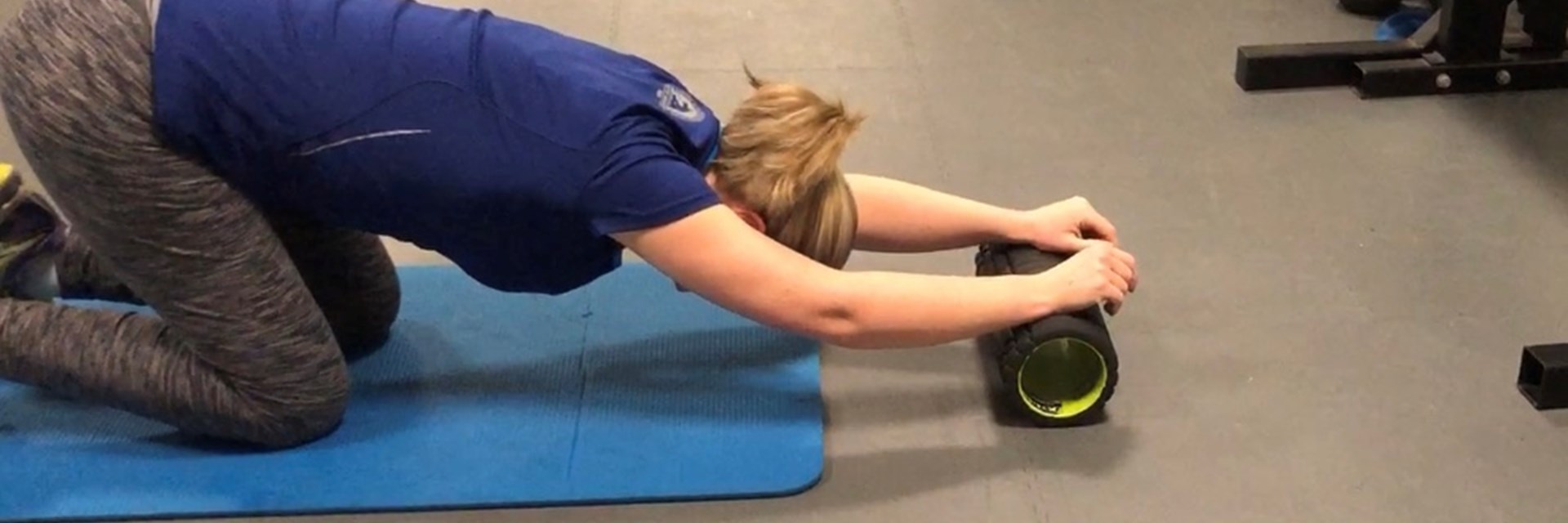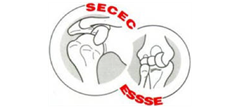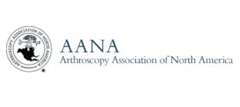Certain shoulder conditions may be managed without surgery, and in some cases “pre-hab”, or physiotherapy and other modalities before surgical intervention, can play an important role.
This is a common condition in certain patient groups, typically women, often patients with diabetes or other endocrine problems such as underactive thyroid, but it can occur in anyone. The capsule, or lining, of the main ball and socket joint of the shoulder (the glenohumeral joint) becomes inflamed, often for no good reason (idiopathic frozen shoulder). This may also happen after minor trauma or after surgery or immobilisation of the shoulder. As the capsule becomes inflamed, it is very painful. As the capsulitis progresses, the capsule becomes thickened, leading to restriction of motion of the shoulder. The stiffness can be very limiting.
Imaging will typically be normal. A normal X-ray to exclude other causes of pain and stiffness is all that is required to support the clinical diagnosis.
The natural history of frozen shoulder, if we were to do nothing, is for it to eventually burn itself out. This can take up to two years to happen. For most patients, the pain and stiffness are too miserable to wait it out for that long.
Because capsulitis is an inflammatory problem, it often responds very well to a strong anti-inflammatory like a steroid.
The mainstay of treatment is gentle stretching and injections (corticosteroid and local anaesthetic) into both the shoulder joint space itself (glenohumeral) as well as above the shoulder joint around the tendons (subacromial) for any secondary inflammation in that space. We often supplement this with non-steroidal anti-inflammatories (NSAIDs) and sometimes a short course of oral steroids.
To see the home stretching programme Ms. Delaney uses for her adhesive capsulitis patients, please visit the following
link.
In addition, doing some gentle stretching in a swimming pool and walking in the water while moving the arms can also be very helpful.
The majority of patients do not end up needing surgery for this condition, but in persistent cases an arthroscopic (keyhole) surgery to release the thickened, inflamed, tight joint capsule may be recommended.
SUBACROMIAL BURSITIS/ROTATOR CUFF TENDINITIS
This condition can arise when the typical "wear and tear" around the rotator cuff tendons of the shoulder leads to inflammation or bursitis. The normal bursa is a thin, fluid-lined layer of connective tissue that allows the rotator cuff tendons to glide easily under the acromion or point of the shoulder. Inflammation in this area can cause pain that is predominantly felt around the outside of the shoulder and upper arm.
There are multiple factors involved in treating this issue. Physiotherapy is often very helpful, in particular to get the muscles around the scapula (shoulder blade) to work more effectively and position the scapula better. The goals are to restore pain free range of motion of the shoulder and then strengthen the rotator cuff muscles.
For some patients who struggle to make progress with physio, we sometimes add an anti-inflammatory injection such as corticosteroid ("cortisone"). With the injection on board, it can be possible to get more out of physiotherapy and achieve long term relief.
In a minority of cases, a surgical procedure called arthroscopic subacromial decompression is needed to clear out that bursitis or inflammation, if conservative measures fail to provide a permanent solution.
ACROMIOCLAVICULAR (AC) JOINT PAIN
The AC joint is the joint between the outer end of your collarbone (clavicle) and the point of your shoulder (acromion). This joint wears out over time in almost everyone. Therefore, on most shoulder MRIs, there will be some evidence of AC joint arthritis. However, in many people, this is not painful and is not at all related to their shoulder symptoms. If you have AC joint arthritis or wear on your MRI scan, it does NOT mean you have shoulder arthritis!
Sometimes, a worn AC joint can become inflamed. This can then cause pain over the top of the shoulder. A corticosteroid injection can often help alleviate that pain. We often do that injection image-guided as the AC joint is a relatively small space to accurately inject.
In some patients, an injection gives permanent relief. In others, the inflammation and pain recur and we sometimes consider a minimally invasive arthroscopic surgery to excise the AC joint or shave the bone ends at the AC joint so that the pain cannot recur.
AC joint pain can also happen after a sprain of the AC joint or minor AC separation. This type of AC joint pain can also be treated with injection therapy.
The rotator cuff are four smaller muscles deep inside the shoulder which help keep the shoulder joint centered and functioning well. Over time, the tendons that join these muscles to the humerus bone tend to undergo wear. It is typical to see this wear on shoulder MRI scans, often described as "tendinosis" or "partial tears". This does not necessarily cause pain or symptoms. These tendons do not have a very good blood supply and therefore have poor healing potential. We sometimes use regenerative medicine approaches such as platelet-enriched plasma, or PRP, to help this problem. Often, the inflammation associated with the rotator cuff wear can cause pain and this may respond to a corticosteroid injection combined with physiotherapy.
A full thickness rotator cuff tear is when the rotator cuff tendon is completely detached from the bone. This can happen to just a small area of the tendon or may involve a larger part of one or more tendons. A full thickness tear can happen gradually over time (degenerative tear) or can happen suddenly, for example after a fall or other trauma. Depending on the size and nature of the full thickness tear, surgery may be recommended as first line treatment. However, in many smaller, degenerative cuff tears, the option of physiotherapy to strengthen the remaining rotator cuff muscle-tendon units and the deltoid muscle can be a good option. For patients in whom pain prevents progress with physiotherapy, injection therapy can be added. If you have a full thickness rotator cuff tear, Ms. Delaney will go through the management options for your specific situation and discuss the pros and cons of each approach with you, so that together you can reach a decision on the best way forward for you.
To read more about surgical options for rotator cuff tears, click
here
Many of our instability patients are athletes, especially collision or contact athletes, who require
surgery to achieve a stable shoulder.
There is a type of instability called multidirectional instability, related to hyper laxity or 'loose ligaments', for which surgery may not be the best approach. For these patients, intensive physiotherapy and core strengthening as well as functional training form the mainstay of treatment.
When there is arthritis of the main shoulder joint (the glenohumeral joint), we have a variety of treatment options. Gentle stretching or physiotherapy may have a role. Pain control is often the main concern. Oral medications and injection therapy form part of the initial strategy. Injections may consist of anti-inflammatory treatments such as corticosteroid injections or injections that mimic joint fluid, known as viscosupplementation. Both types of injections can be administered as a simple procedure in the consulting rooms with local anaesthetic.
If conservative measures are not providing adequate pain relief, there are
surgical options to treat shoulder arthritis. Mild arthritis can often be helped by a minimally invasive, arthroscopic procedure. Shoulder replacement surgery is very successful in treating more severe arthritis.













